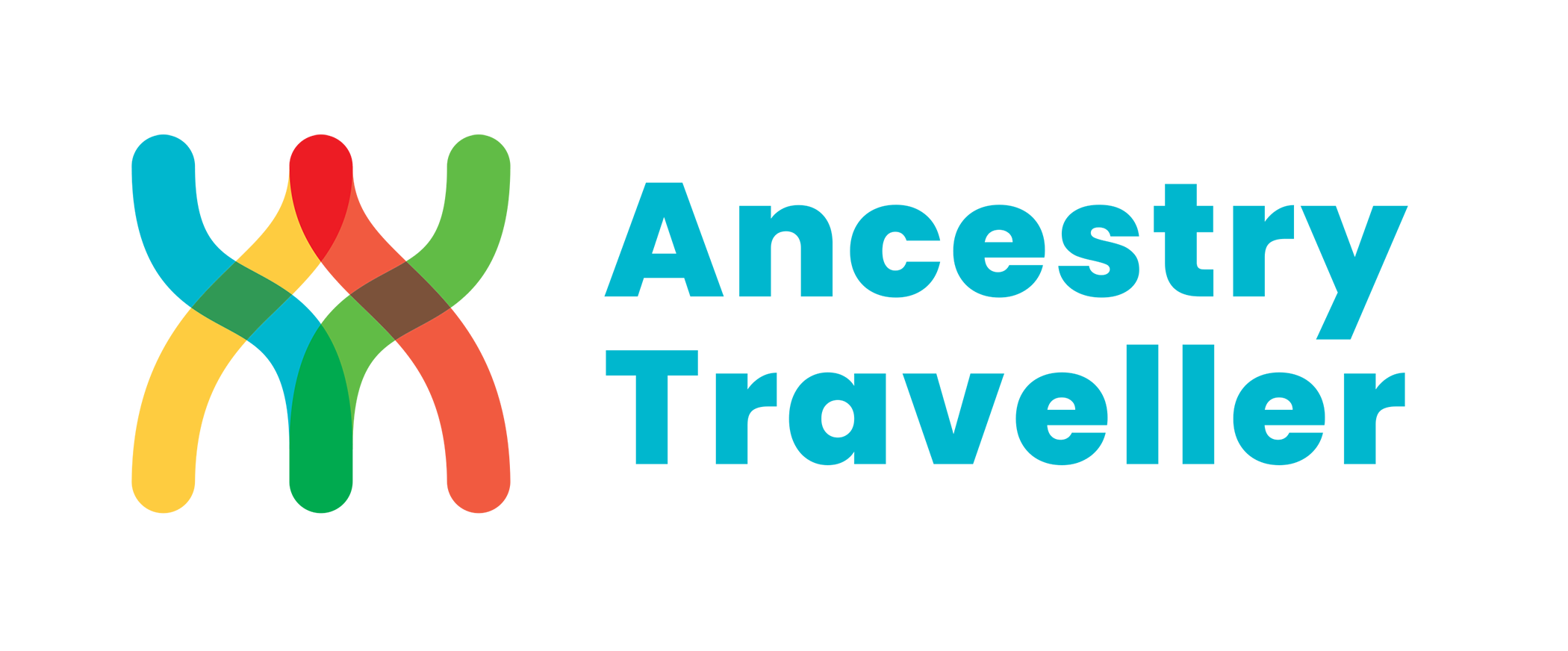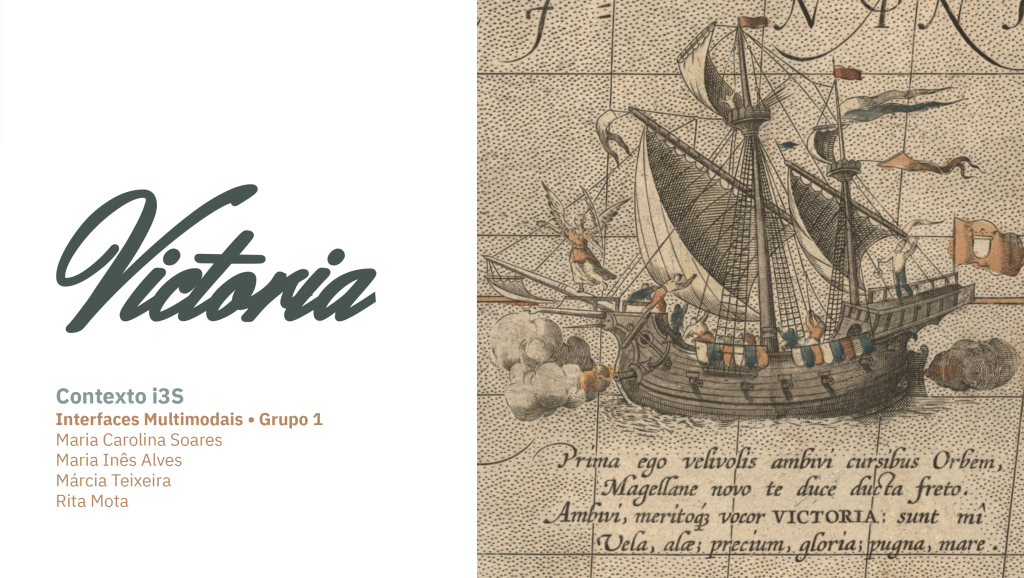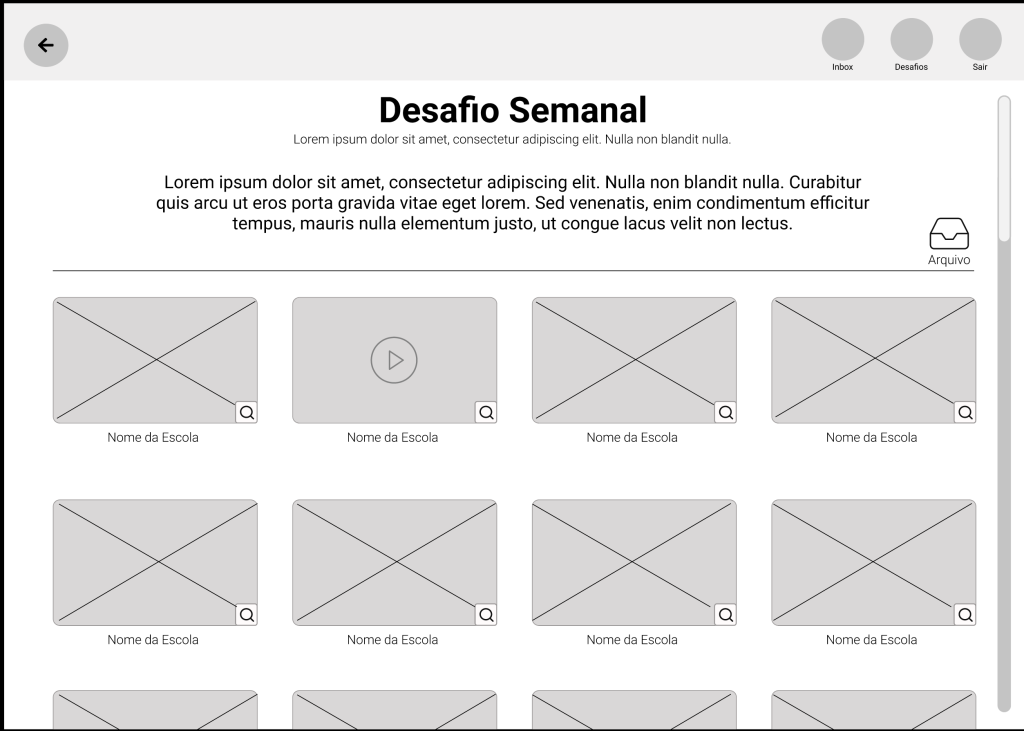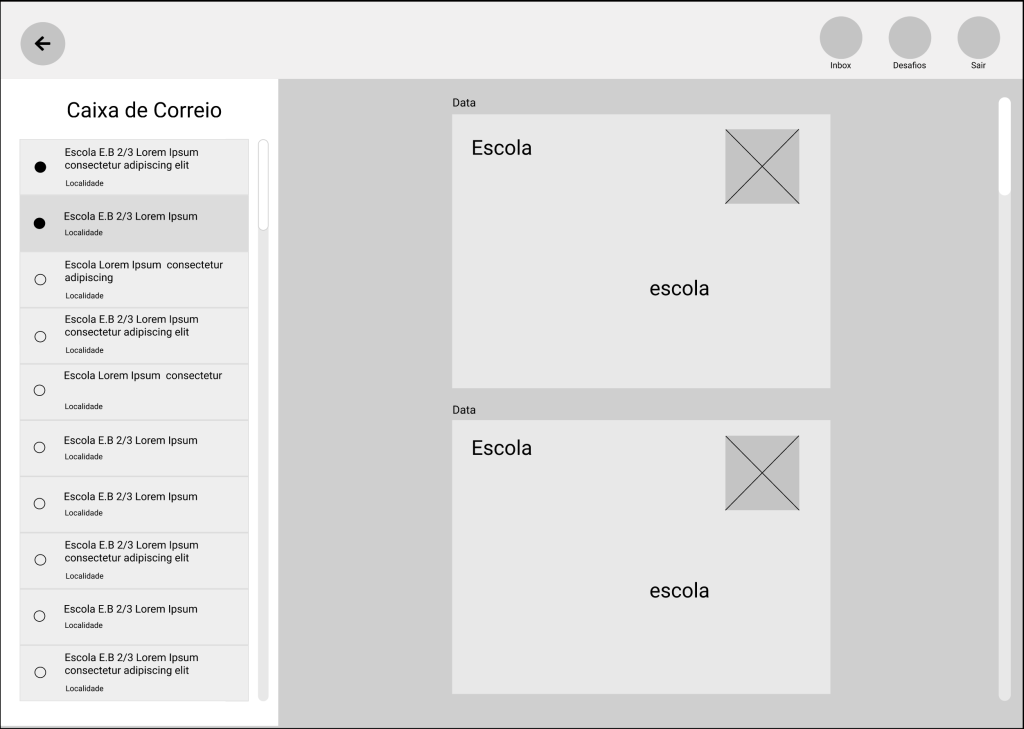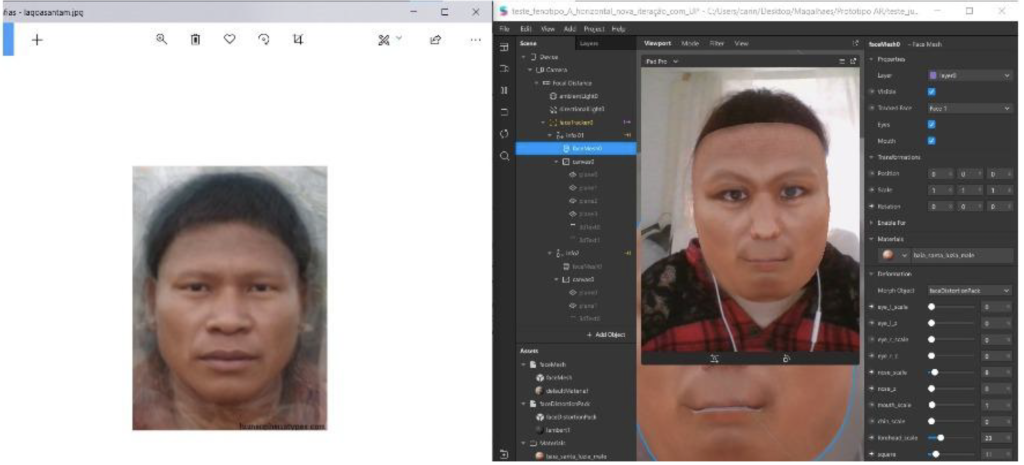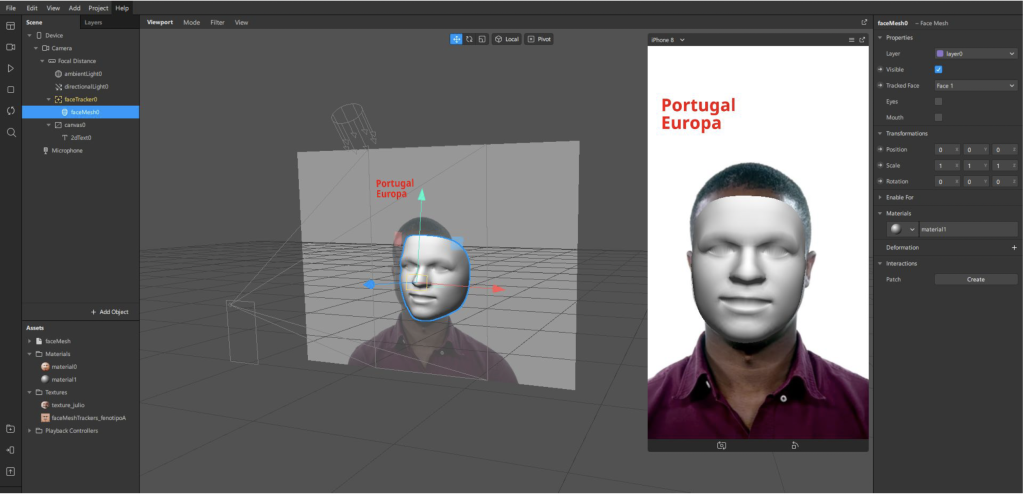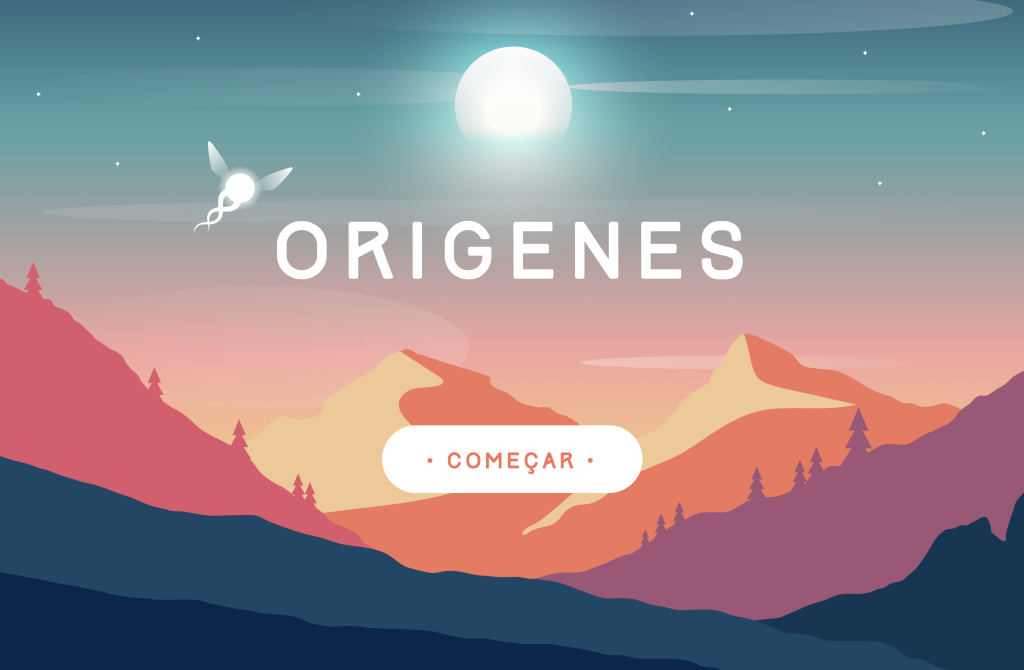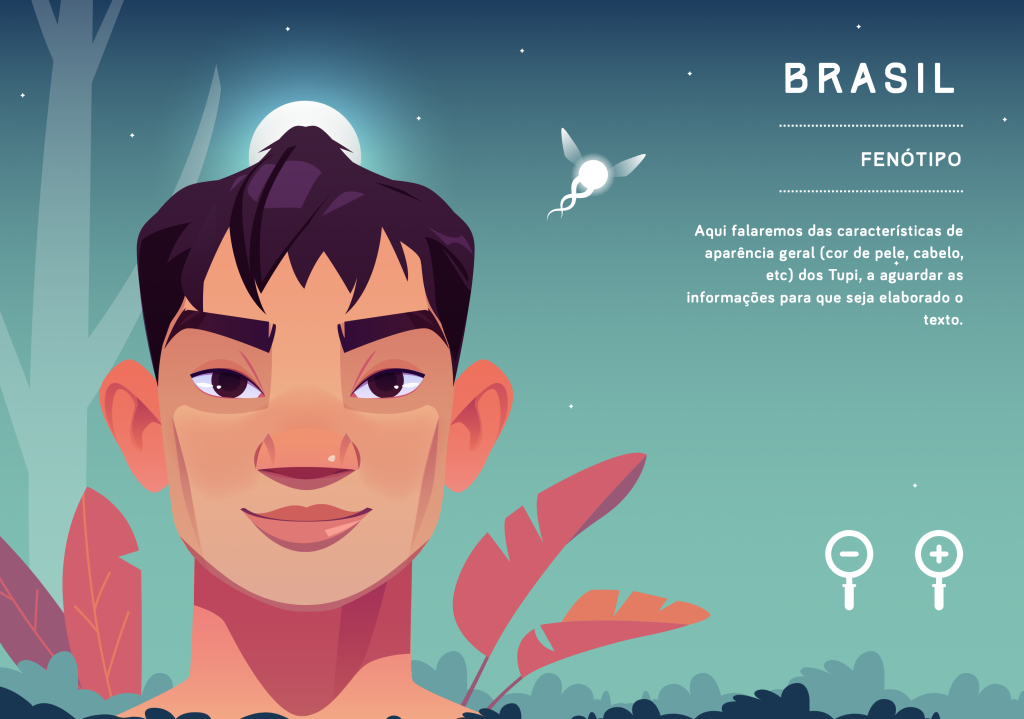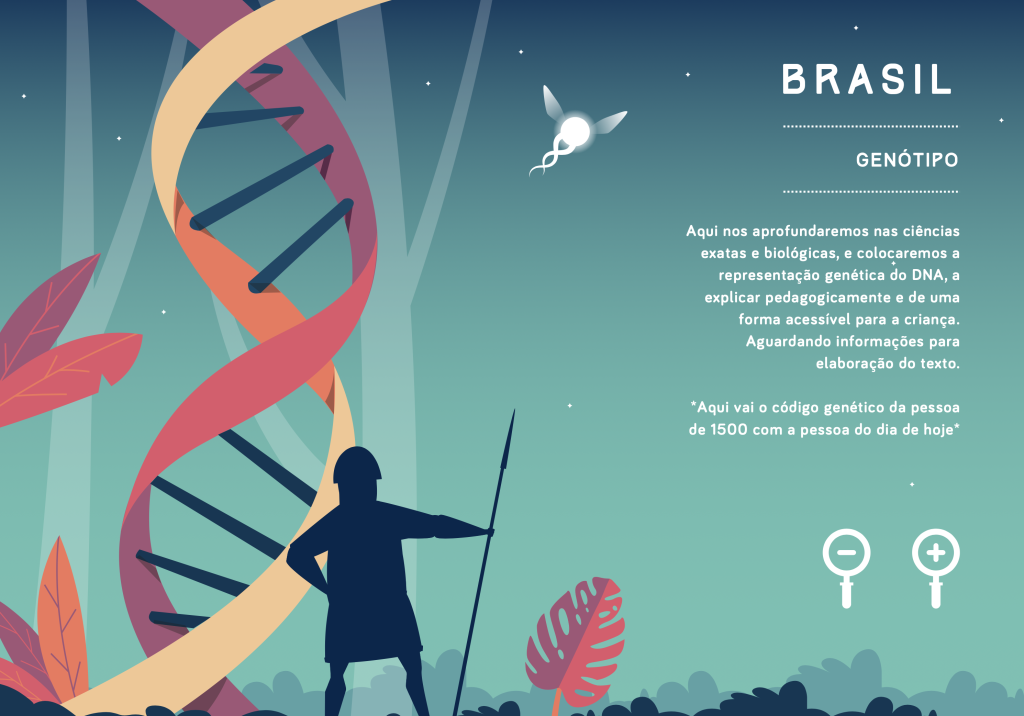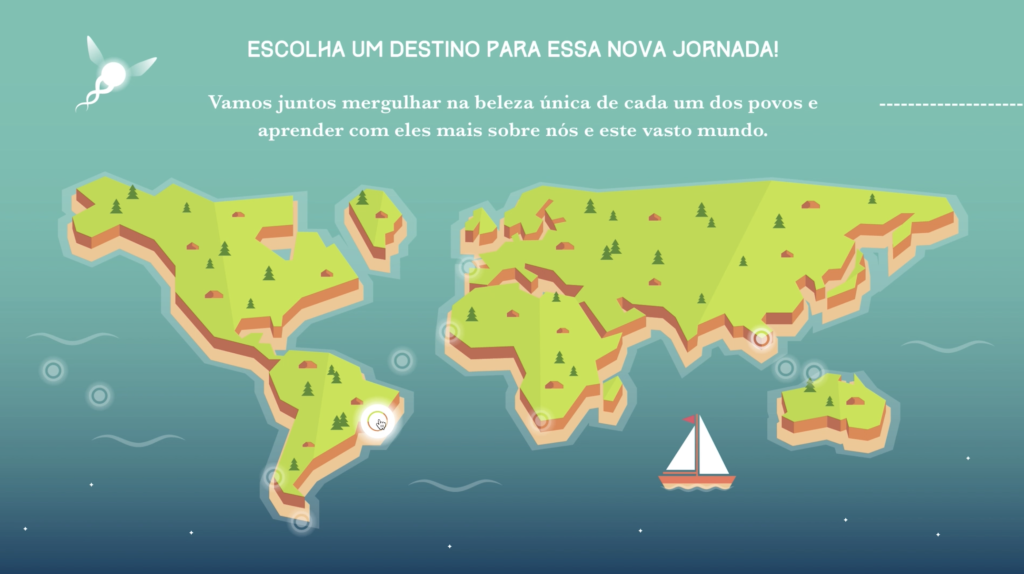Co-production and public debate:
Co-production and public debate with master students
In an attempt to explore and debate methods of communicating the science underlying human genetic diversity, the project team established collaborations with teachers and students from different areas, in multidisciplinary environments.
In co-production sessions, we sought to develop ideas and create tools to communicate the topic of human diversity to different audiences.
A session of discussion and co-production was carried out with students from the Specialization Course in Interaction Design, Web and Games (FBAUP & FEUP), students from the MA in Image Design (FBAUP), and students from the MA in Multimedia (UP), during the 2020-21 academic year.
In these sessions, the project “Human diversity along the Magellan’s circum-navigation space: genetics, history and culture” was presented and issues underlying population genetics and their relationship with history and culture were discussed.
This process also functioned as a public discussion for multidisciplinary audiences. The project’s presentation and the questions of genetics and identity inevitably led to an enthusiastic debate on the relationship between genetics and “race”, and the difficulty of separating scientific knowledge from historical and cultural issues.
In close collaboration with the project team and under the guidance of the teachers, some of the students produced ideas and prototypes of how to communicate these issues to different audiences.
Project Victoria by Maria Carolina Soares, Maria Inês Alves, Márcia Teixeira and Rita Mota
The “Victoria” proposal by Maria Carolina Soares, Maria Inês Alves, Márcia Teixeira and Rita Mota consisted of an interactive and collaborative application for students in a classroom context. It would involve the collaborative construction of a map with information about the locations on the Magellan Route and the exchange of virtual letters between students from different schools (along the Route).
All these works were explorations of the theme that resulted in low-fi prototypes. And although none of these works advanced to a more developed version, the whole process was crucial in bringing out the difficulties in debating and working on this topic, and the physical, technical and even knowledge constraints inherent to the subject.
Human Diversity project by Carina Soares, Filipe Moreira and Jhones Thalles
One of the groups, Carina Soares, Filipe Moreira and Jhones Thalles, developed a prototype for a multimedia installation in which, through phenotypes complemented by infographics, the user would be able to put themselves in the other person’s shoes, interacting through gestures. When the user looks in the “mirror” what they see are individuals with different phenotypic and genotypic characteristics, detailed in infographics.
Origenes project by Ana Fidelis, Fernanda Toniazzi, Igor Prado and Yves Jesion
Also, for school students, Ana Fidelis, Fernanda Toniazzi, Igor Prado and Yves Jesion developed Origenes. In this interactive application, pupils could discover different characteristics of the people encountered by Magellan and his crew along the voyage. The aim was to give students information about the genetic, cultural, historical and even environmental characteristics of the people along Magellan and Elcano’s route.
